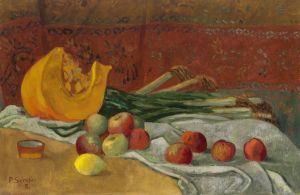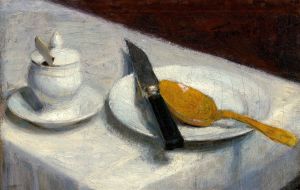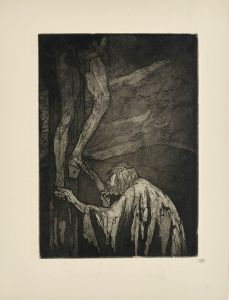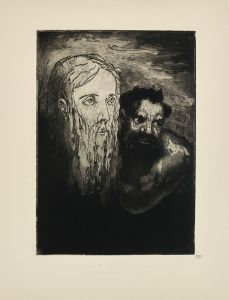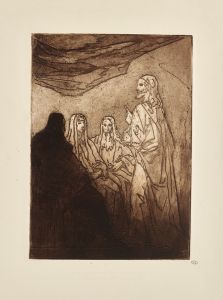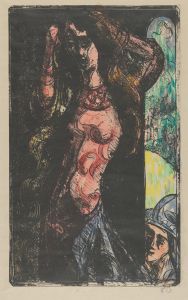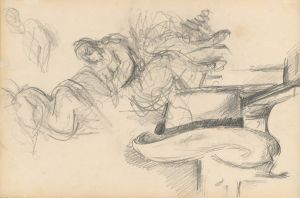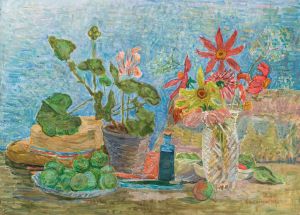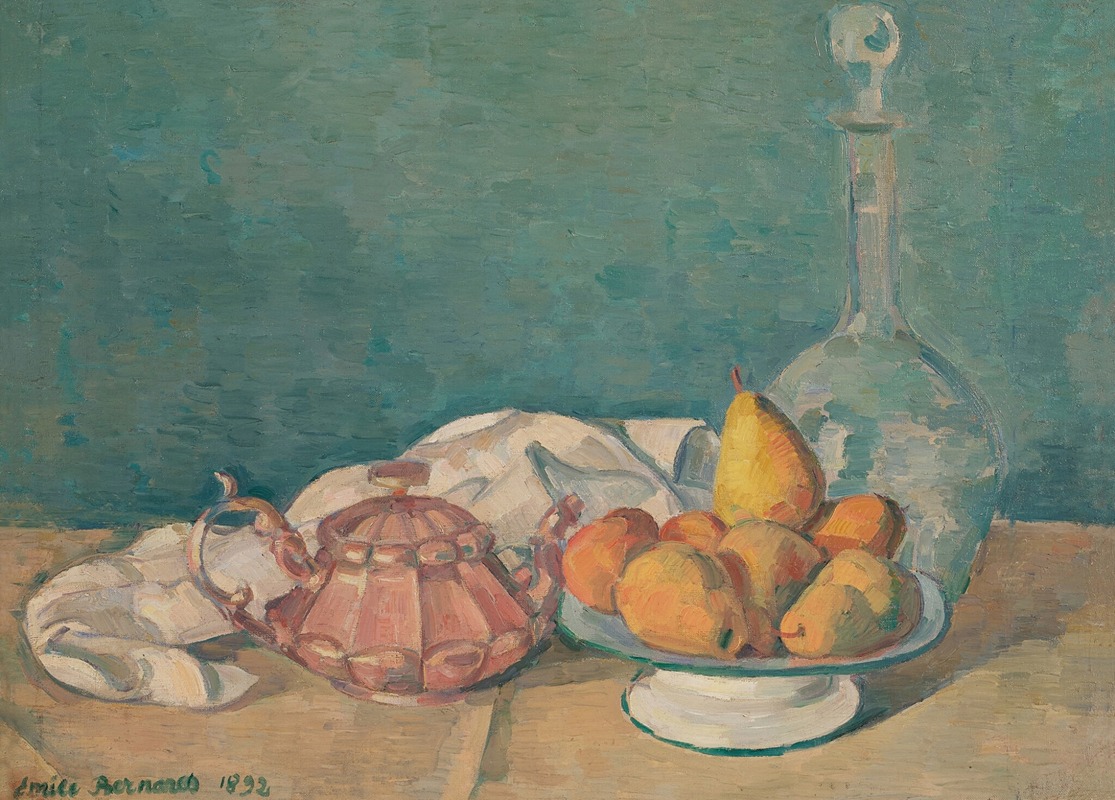
Nature morte
A hand-painted replica of Emile Bernard’s masterpiece Nature morte, meticulously crafted by professional artists to capture the true essence of the original. Each piece is created with museum-quality canvas and rare mineral pigments, carefully painted by experienced artists with delicate brushstrokes and rich, layered colors to perfectly recreate the texture of the original artwork. Unlike machine-printed reproductions, this hand-painted version brings the painting to life, infused with the artist’s emotions and skill in every stroke. Whether for personal collection or home decoration, it instantly elevates the artistic atmosphere of any space.
"Nature morte" (Still Life) is a painting by the French artist Émile Bernard, who was a prominent figure in the Post-Impressionist movement. Born on April 28, 1868, in Lille, France, Bernard is known for his significant contributions to the development of modern art, particularly through his association with artists like Vincent van Gogh, Paul Gauguin, and the Pont-Aven School.
"Nature morte" exemplifies Bernard's exploration of still life, a genre that allows artists to experiment with composition, color, and form. While the exact date of this particular painting is not definitively documented, it is reflective of Bernard's style during the late 19th century when he was deeply involved in the Symbolist and Cloisonnist movements. Cloisonnism, characterized by bold outlines and flat areas of color, was a technique Bernard helped pioneer alongside Gauguin.
In "Nature morte," Bernard employs a meticulous arrangement of objects, which may include items such as fruits, flowers, and everyday household items. The composition is carefully balanced, showcasing Bernard's keen eye for detail and his ability to create harmony within the frame. The use of vibrant colors and strong contrasts is typical of Bernard's work during this period, highlighting his departure from the more subdued palettes of traditional still life paintings.
Bernard's approach to still life was influenced by his broader artistic philosophy, which sought to convey deeper symbolic meanings through everyday objects. This aligns with the Symbolist movement's emphasis on representing ideas and emotions rather than merely depicting the physical world. In "Nature morte," the choice and arrangement of objects may suggest themes of mortality, the passage of time, or the transient nature of life, common motifs in still life art.
Émile Bernard's contributions to art extend beyond his paintings. He was also a prolific writer and theorist, penning numerous essays and letters that provide insight into his artistic process and the broader art movements of his time. His correspondence with van Gogh and Gauguin, in particular, offers valuable perspectives on the development of Post-Impressionism and the exchanges of ideas that shaped this pivotal period in art history.
"Nature morte" is a testament to Bernard's skill and innovation as an artist. It reflects his ability to infuse traditional genres with new life and meaning, pushing the boundaries of what still life painting could achieve. Today, Bernard's works, including "Nature morte," are celebrated for their contribution to the evolution of modern art and their enduring aesthetic appeal.
Émile Bernard continued to create and influence the art world until his death on April 16, 1941. His legacy is preserved in numerous museums and collections worldwide, where his works continue to inspire and captivate audiences. "Nature morte" remains a significant piece within his oeuvre, exemplifying his mastery of form, color, and symbolic expression.






